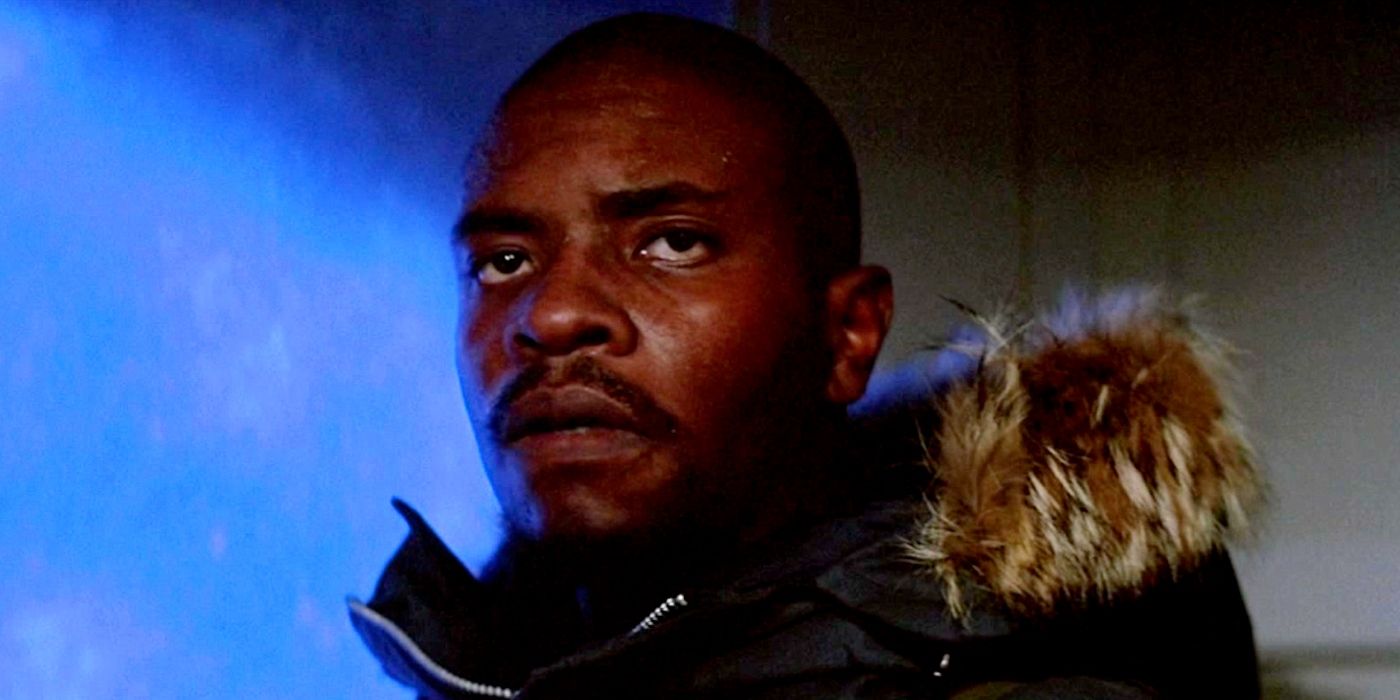The Thing director John Carpenter addresses a popular theory regarding the ending of his 1982 classic. After making a name for himself with movies like Halloween, The Fog, and Escape from New York, Carpenter made The Thing, a movie about a research team in Antarctica facing off against a shape-shifting alien. The movie’s ending is famously ambiguous, with Kurt Russell’s MacReady and Keith David’s Childs the only two men left alive. It’s left up to viewers to decide whether the alien lives on in one of them.
Now, in a recent interview with ComicBook.com, Carpenter addresses The Thing‘s ending and whether there’s any truth in the “Eye Gleam” theory popularized by Dean Cundey, the movie’s cinematographer. The theory posits that there’s a particular kind of light present in a character’s eyes when they are human, which ultimately reveals that Childs, not MacReady, is the alien. While Carpenter doesn’t reveal the truth about the ending, he does share some honest thoughts about Cundey’s theory:
“He has no clue. Yes, I know. I know who’s the Thing and who’s not in the very end.”
“[Dean Cundey] doesn’t know. He has no idea. He puts the lights up. He puts the lights up, and we were in the snow. He has no clue. You tell him that. Tell him he’s full of sh-t.”
The Thing’s Ending Is Best Left Ambiguous

Sometimes, a movie leaving audiences wanting answers is part of why it stands the test of time. The Thing, of course, remains a classic for many reasons. The film features groundbreaking practical effects that still hold up to this day and an isolated Antarctic setting that enhances the simple and yet terrifying story being told. The ambiguity of the ending is also baked into the premise of the movie itself, which features the researchers unable to tell who among them is actually the alien.
Paranoia is one of the major reasons why The Thing works so effectively as a horror, with viewers, much like MacReady, unable to tell friend from foe. By not definitively revealing whether MacReady or Childs is the Thing, viewers are left with a sense of unease as the credits start to roll. In fact, it’s entirely possible that neither one of them is the alien and both men freeze to death due to an inability to trust the other and a determination to not let the alien leave the base. This, in a way, is the most thematically-resonant interpretation.
Not knowing the answer, then, just makes The Thing more chilling, and this is evidently the effect that Carpenter was going for. As it stands, all interpretations of the movie’s ending are valid (except now perhaps for those based on the Eye Gleam theory), and the lingering questions make the movie fun to discuss and think about even four decades after its release.




